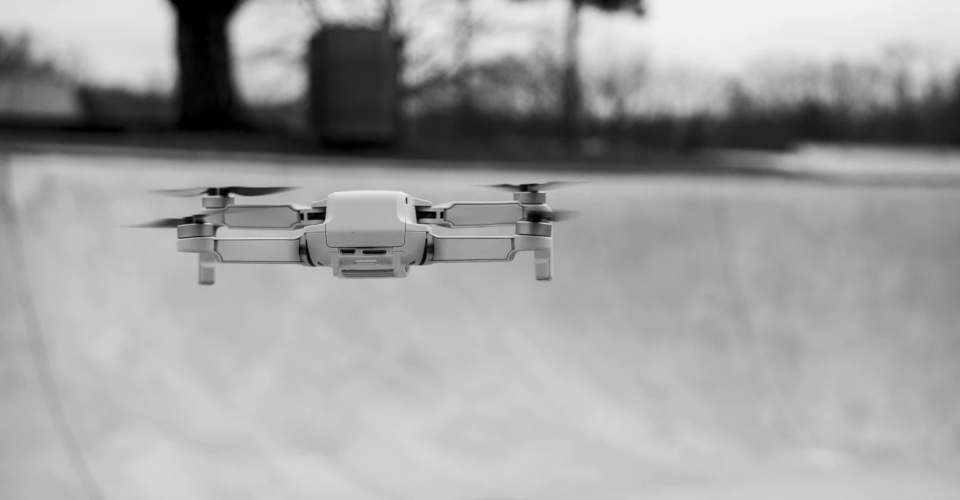The DJI Transmission Systems – OcuSync 2 vs. Lightbridge 2
A drone’s transmission system is the technology that connects the drone to the remote controller. Depending on the transmission technology used, this system allows the user to control the drone even when it’s already a mile away. The quality of a transmission system can also make or break a drone – poor signals can lead to loss of control, making crashes or flyaways much more likely.
In this article, we’re shining the spotlight on the specific transmission protocols used by DJI drones. DJI currently uses two technologies – Lightbridge and OcuSync. What’s the difference between the two and is one better than the other?
How do drone transmission systems work?
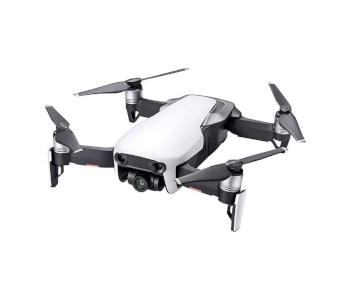
All drone transmission systems make use of radio waves, allowing for control of a drone across vast distances. The actual effective range can vary depending on the specific transmission protocols used. The drones from DJI that are currently available use three different transmission protocols – Wi-Fi, Lightbridge, and OcuSync.
The beginner-level drones of DJI, such as the Spark and the original Mavic Air, have an optional Wi-Fi protocol. This allows these drones to be controlled using only mobile devices like smartphones and tablets. Although this method of control is convenient, the range of Wi-Fi transmission is very limited – a maximum of around 100 meters is recommended for both drones. There also needs to be an unobstructed path between the drone and the mobile device for this range to be maximized.
Despite the limitations of Wi-Fi, it’s a staple control mechanism for many entry-level and toy drones. In the case of DJI, they still ended up using Wi-Fi as the transmission system for the Mavic Mini, the smallest and lightest member of their Mavic line. The main reason is that it’s a very inexpensive technology. Small drones naturally don’t fly too far away from the pilot to maintain visual line-of-sight, so the range limitation of Wi-Fi hardly seems significant.
OcuSync and Lightbridge are more robust alternatives to standard Wi-Fi. They allow for control over farther distances, lower latency, and better video transmission. However, it’s worth understanding that they also use radio waves and typically switch between the 2.4 GHz and 5.8 GHz frequency bands.
In any case, more advanced DJI drones have done away with Wi-Fi control systems and have focused instead on different iterations of OcuSync and Lightbridge. How are these two transmission systems different?
What is DJI Lightbridge?
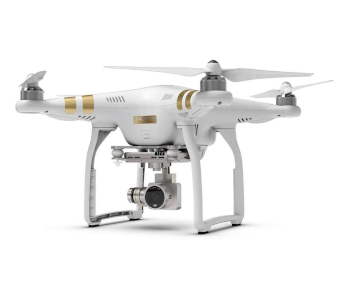
Despite being used for DJI’s more advanced drone models, the Lightbridge transmission technology is the older of the two. The original Lightbridge version was introduced with the launch of the Phantom 3 Advanced and Professional drones, a follow-up to the 2015 release of the first Phantom 3. As an aside, the Phantom 3 was a huge generational milestone for the DJI brand, marking the first time that their drones made the transition from 1080p to 4K videos.
At the time, the main benefit of the upgrade to Lightbridge was the expansion of the controller’s effective range to 3.1 miles. This was a huge upgrade from the Wi-Fi systems that the previous drones had.
Later iterations of Lightbridge further expanded the range to 4.3 miles and added the ability to auto-switch between the 2.4 GHz and 5.8 GHz frequency bands. The technology also allowed for real-time transmission of 1080p videos. Lightbridge continued to be used with the Phantom 4 Pro and Phantom 4 Advanced drones.
The updated Lightbridge 2 is focused on professional-grade video transmission. It has significantly reduced latency and supports a video output of 1080p resolution 60 fps. Lightbridge 2 controllers came with an assortment of output ports (USB, micro-USB, mini HDMI, and 3D-SDI) to stream real-time video to just about any device.
Lightbridge 2 is notably used in DJI’s most expensive and sophisticated drones including the Inspire 2, Matrice 600 Pro, and the Matric 200 series. An interesting feature of Lightbridge 2 is the capability for “master and slave” control schemes that allow the drone and gimbal to be controlled independently of each other. This is very useful for professional video productions as it allows both the drone pilot and photographer to focus on their specific objectives.
What is DJI OcuSync?
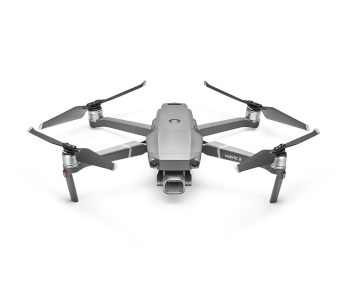
The original OcuSync transmission technology debuted with the DJI Mavic Pro back in 2016. It was a huge move at the time because it was brand-new and a departure from the Lightbridge line, which they had been working on for the last couple of years.
The DNA of Lightbridge 2 was apparent in the original OcuSync as it immediately came with multiple-output support right away. OcuSync also marked a shift towards making drone flight with DJI drone brands more action-oriented, as it was designed to be compatible with the DJI FPV goggles.
At the time, this meant that the Mavic Pro can transmit real-time video to both the video display used by the drone pilot for navigation and a pair of FPV goggles or an external monitor for spectators. It was also possible to pair a second remote controller with the Mavic Pro, which may be useful for the training of new drone pilots – like a learner car with two steering wheels.
As far as latency and responsiveness were concerned, there was no discernible difference between the original OcuSync and Lightbridge 2. OcuSync supported real-time video transmission of 1080p videos at 30 fps and a range that topped out at 4.3 miles. These numbers pretty much lined with Lightbridge 2, practically rendering it obsolete. This point was further driven home with the release of the Phantom 4 Pro V2.0, the first Phantom drone since the Phantom 3 Advanced that did not come with Lightbridge technology.
Although the OcuSync version in the first Mavic Pro can only access the 2.4 GHz frequency, auto-switching between 2.4 and 5.8 GHz became a standard feature in OcuSync starting from the Phantom 4 Pro V2.0.
Both the Mavic 2 models that were launched in 2018 came with the upgraded OcuSync 2. Improvements from the first to the second version of OcuSync are almost across the board. OcuSync 2 supports automatic frequency band switching, can support multiple outputs, has lower latency, and can transmit 1080p videos over a range of 5 miles.
In many ways, OcuSync 2 can be looked at as a hybrid of the first OcuSync and the features of the upgraded Lightbridge 2. Since the Mavic 2 drones, just about every single drone released by DJI came with OcuSync 2 (except the Mavic Mini).
Which is better – OcuSync or Lightbridge?
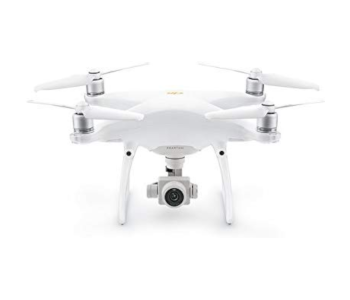
Given that we haven’t seen any developments on Lightbridge technology recently, the answer of DJI to this question seems fairly obvious. OcuSync appears to be the transmission protocol of choice for DJI moving forward. An exception would be when there are price or weight limitations to consider, such as in the Mavic Mini.
One of the less-discussed differences between OcuSync and Lightbridge is the dependence of Lightbridge on specific hardware. The Lightbridge transmission protocol was based on a combination of custom hardware and software, which meant that DJI has to build architecture similar to field-programmable gate arrays (FPGAs). Not only was this expensive, but it also limited the updates that DJI can roll out post-launch.
With specific hardware tied to each version, drones with the first version of Lightbridge did not have the option to upgrade to Lightbridge 2.
In contrast, the hardware component of OcuSync was nothing special – it used the same off-the-shelf technology of any Wi-Fi-capable device. Instead, OcuSync was a technology based solely on unique software. Since DJI no longer had to build custom hardware, OcuSync turned out to be much cheaper than Lightbridge.
A huge benefit of OcuSync being software-dependent is that it was now possible for DJI to push upgrades via a firmware update. This was exactly how OcuSync 2 was rolled out to Phantom 4 Pro V2 drones back in 2018, just a few months after the drone was launched. The original Mavic Pro is the only OcuSync-equipped drone that missed out on this upgrade because its hardware did not support automatic band switching.
While there’s no assurance that DJI will continue to provide free upgrades to their drone’s transmission protocols, just having the option to upgrade via downloadable updates is still a huge premium to choosing OcuSync. With the landscape of the drone industry rapidly evolving, having more flexibility to update the firmware of their existing user base is likely something that DJI values.
If OcuSync also helps in DJI in keeping their drone prices down, then there is probably very little reason for us to expect a “Lightbridge 3” anytime soon. This opens up the possibility of future Inspite and Matrice drones that might be a little more accessible in terms of price. All indicators are pointing towards OcuSync being the transmission technology for DJI for all of their future drones.
Final thoughts
We often overlook the importance of a good transmission system when flying our drones because this is something that you only notice once you start encountering problems – drops in signal, loss of video transmission, or an outright loss in control that could lead to a drone flyaway. Keep in mind that the closer you push your drone’s transmission capabilities to its limit, the more likely you’re going to run into problems.
For this reason, a powerful and far-reaching transmission technology is still valuable. Although you’re not likely to fly your drone to the edge of a 4-mile range, the system’s maximum range is a good indicator of how well you can retain control of your drone in less than ideal circumstances. Are there power lines or communication towers nearby? Are you flying in a place with a lot of trees and building which could diminish signal transmission? Then you’ll need all the advantages you can get.
Between OcuSync and Lightbridge, DJI seems to be favoring the former for their future drones. The extra flexibility offered by a software-driven technology is definitely a huge selling point, along with the fact that it does not diminish any of the features found in the time-tested Lightbridge 2 protocol.
Do you have any experience that can differentiate between OcuSync and Lightbridge? We would love to hear about your experience in the comments section.

